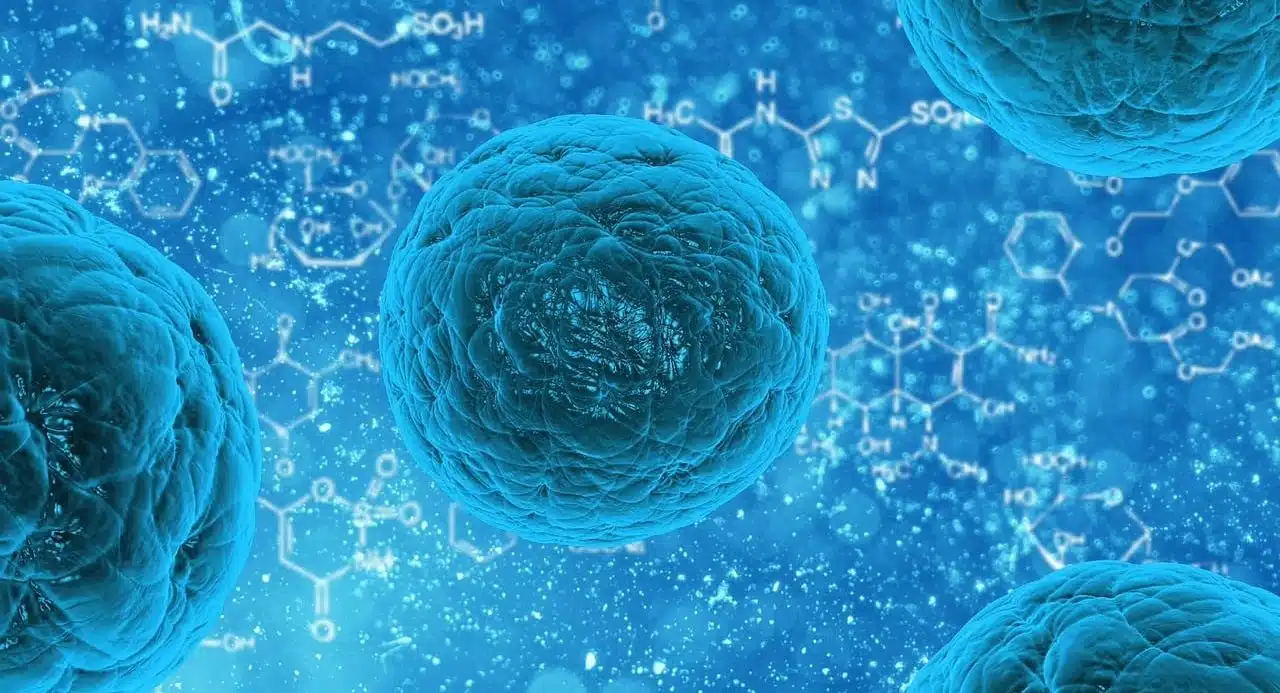
A serotype is an infectious microorganism classified according to its antigens.
Serotype is a concept that is not part of the dictionary of the Royal Spanish Academy ( RAE ). The term, however, is frequently used in the field of medicine .
A microorganism that can cause an infection is classified as a serotype and is classified according to the antigens it exhibits on the surface of its cells. It should be noted that an antigen is a substance that, when it enters an animal-type organism, causes a defensive reaction .
Serotype differentiation
The differentiation of serotypes makes it possible to distinguish between microorganisms. There are different populations of the same species: each one can be a specific serotype. This type of distinction is very relevant in the field of epidemiology .
As the body reacts according to the serotype of each microorganism, the immune system can provide an effective defensive response against one serotype but insufficient against another of the same microorganism.

Establishing the serotype of a virus is important for epidemiology.
Your classification
To establish serotypes there are different types of tests. What is sought is to analyze how microorganisms react when in contact with the antibodies of a certain serum. To classify them, the liposaccharides in gram-negative bacteria, the virulence factors, the existence of exotoxins (toxins that a microorganism such as a protozoan, a bacteria or a fungus secretes outside the cell), bacteriophages, plasmids or any other type of organism can be taken into account. another feature that serves to distinguish two elements of a given species.
Some of the tests performed to classify serotypes are the following: immunoblot (also known as Western blot or electroblot ); ELISA ( Enzyme -Linked Immunoborbent Assay ); immunofluorescence (can be both direct and indirect ); agglutination ; precipitate ; complement fixation ; neutralization ; and DNA hybridization .
On the other hand, they can also be identified through RT-PCR ( real-time polymerase chain reaction ) or RFLP ( restrictive fragment length polymorphisms ). length polymerase ).
Characteristics of different serotypes
Serotypes, also known as serovars , therefore bring together microorganisms that share specific antigenic characteristics . Microorganisms can also be differentiated as morphotypes (for morphology), pathotypes (for their pathogenic properties depending on the host), biotypes (for physiological and biochemical qualities) and other types.
The different serotypes of pneumococcus , HIV and the dengue virus are some of the groups that have demanded and demand different medicinal treatments to preserve or restore human health .
The infectious bronchitis virus
Another case in which this concept is very relevant is the infectious bronchitis virus , also known as VBI . Its various isolates have been divided into various serotypes, according to the neutralization test that uses cultures of tracheal organs or embryonated eggs.
Multiple techniques are used to group strains according to their genotype. It is worth mentioning, on the other hand, that the results do not always yield a classification in which the genotypes and serotypes strains coincide, although there is usually an acceptable correlation between the two methods. Various serotypes are known about IBV and this is of great importance, since in many cases the different serotypes are not protected, although certain strains of the virus can act very effectively to offer cross protection against genotypes or serotypes.
One of the most notable characteristics of the infectious bronchitis virus is its ability to mutate very easily and in a short time, which can lead to the appearance of new serotypes or variant viruses. It is necessary to determine their prevalence before deciding to apply vaccines that include these viruses, in the same way that the position of the laws on this issue must be taken into account.
